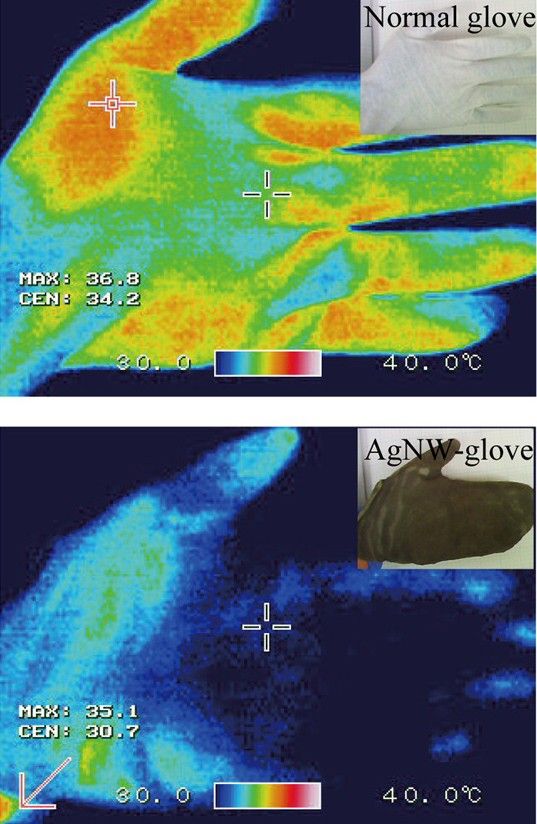In a new paper in the American Chemical Society's journal Nano Letters, scientists with Stanford University in the US describe a novel type of clothing that they say can both generate and trap heat.
The clothing, developed by specialist Yi Cui and colleagues, promises to help cut energy consumption and consequently heating costs by making it easier for people to keep warm during the harsh winter months.
Why make clothes that can generate and trap heat?
In their study in the journal Nano Letters, the Stanford University researchers who worked on this project explain that, in this day and age, some 50% of the energy that is used on a global scale annually serves to heat buildings and households.
This might not be such a problem if it were not for the fact that, although renewables have grown in popularity in recent years, most of the energy that we use to keep safe from getting frostbites while working or relaxing in our homes comes from fossil fuels.
Scientist Yi Cui and fellow researchers estimate that, despite efforts to develop better insulating materials and thus reduce the global energy consumption, the fact of the matter is that heating homes and offices accounts for over 30% of the world's yearly greenhouse gas emissions.
Looking to solve this problem, the Stanford University brainiacs turned their attention not towards finding more efficient ways to heat living and working spaces, but towards coming up with a way to help people stay warm without having to crank up the heat.
Thus, they created an innovative nanowire coating for clothes that not only trap the heat that the human body naturally produces but that can also generate heat on its own. The researchers expect that this coating can help us overcome our reliance on conventional energy sources.
So, how do these high-tech clothes work?
The Stanford University scientists say that, when compared to run-of-the-mill clothes, the ones that have the novel nanowire coating included in their makeup are considerably more effective at trapping body heat. To prove their point, they even released two heat-based images showing how they work.
The images are available below and prove that, when compared to a regular glove, the scientists' so-called AgNW glove traps the warmth produced by the body and prevents it from escaping. Simply put, the AgNW glove has no trouble keeping the hand it was asked to serve and protect toasty warm.
Yi Cui and colleagues go on to detail that, because the nanowire coating for clothes that they developed is made from conductive materials, it can be made to actively generate heat with the help of a electricity source. This means that the clothes can warm the people wearing them.
It is unclear when such high-tech clothes might become available to the general public. Still, the Stanford University researchers estimate that, when this happens, the people who will agree to start wearing them will each save about 1,000 kilowatt hours annually.

 14 DAY TRIAL //
14 DAY TRIAL // 

